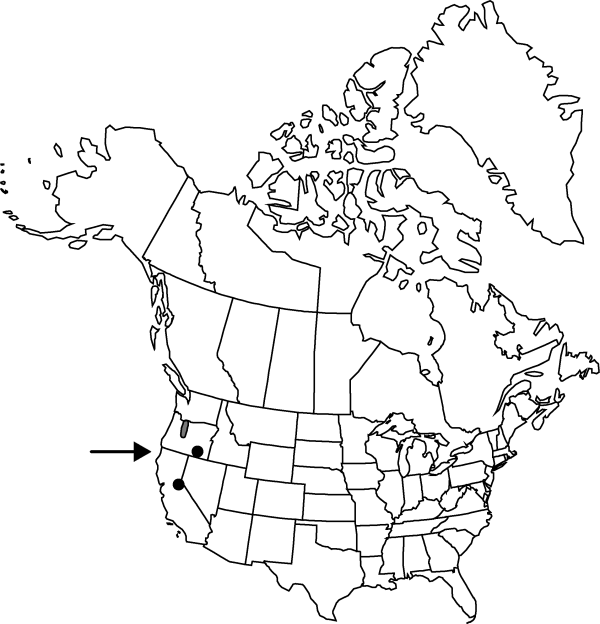Claytonia umbellata
Botany (Fortieth Parallel), 43, plate 6, figs. 4, 5. 1871.
Common names: Great Basin claytonia
EndemicConservation concern
Revision as of 00:21, 28 May 2020 by imported>Volume Importer
Plants perennial, with globose tubers 10–50 mm diam., mature plants rhizomatous; periderm 5–20 mm. Stems 2–25 cm. Leaves: basal leaves somtimes absent, petiolate, 5–25 cm, blade elliptic to rhombic, 1–3 × 0.2–2 cm; cauline leaves petiolate, blade elliptic to ovate 1.5–5 × 1–3 cm, abruptly tapered at base. Inflorescences ebracteate. Flowers 8–14 mm diam.; sepals 5–7 mm; petals pink to magenta, 6–12 mm; ovules 6. Seeds 1–2 mm, smooth and shiny; elaiosome 1 mm or less. 2n = 16.
Phenology: Flowering May–Aug.
Habitat: North- and east-facing talus and scree slopes of drier mountain areas, subalpine coniferous forests
Elevation: 100-3000 m
Discussion
Of conservation concern.
Selected References
None.
Lower Taxa
None.
